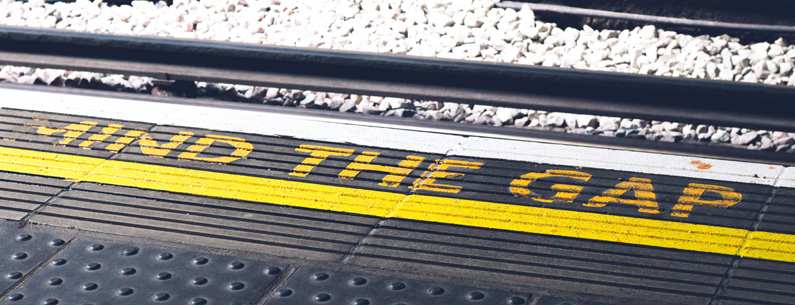In May 2018, at the Building Officials Institute of New Zealand Conference, Helen Rice and I convened a panel discussion on an issue facing most councils in New Zealand – design engineers refusing to certify compliance with clause B2 of the Building Code.
We explained that the situation is a directive from IPENZ and ACENZ, who consider that no engineer or producer statement author can show blanket compliance with clause B2 when a range of materials have been specified in a design.
Our question was, where does this leave councils? In order to grant a building consent, councils must be satisfied on reasonable grounds that all of the building work will comply with the Code, including B2. A building control officer doesn’t have the luxury to exclude certain materials from its decision and therefore why should design engineers, the experts in their fields, be able to play on a different wicket?
And what happens when things go wrong? When a claim eventuates the design engineer will argue that it has no liability and it is the ratepayer that will be left to pick up the pieces.
In a somewhat heated debate, we took the position that the current state of B2 was unacceptable and invited MBIE to work with councils and the industry to bridge the gap.
Submissions sought by 21 September 2018
We were very pleased on 8 August 2018 to read MBIE’s Building Controls Update that identified MBIE is seeking feedback on proposals to amend a number of Acceptable Solutions and Verification Method, including Clause B2 Durability: B2/AS1. In their Statement of proposals for amending Acceptable Solutions and Verification Methods MBIE says:
“The Government’s goal is a more efficient and productive building industry that builds it right the first time and stands behind the quality of its work. To help achieve this, MBIE seeks to ensure that Acceptable Solutions and Verification Methods reflect the latest research, knowledge and building practices. The proposed changes to some Acceptable Solutions and Verifications Methods are part of this work.”
In terms of B2/AS1 in particular:
“MBIE proposes to amend Acceptable Solution B2/AS1 to introduce a new Technical Specification to advise and clarify durability requirements for steel construction. The advantages of doing this are that:
- Current knowledge and practices should be reflected in the Acceptable Solution.
- The Acceptable Solution would clearly specify requirements for corrosion protection.
- Maintaining the Acceptable Solution will help consenting efficiency because steel protection measures will no longer need to be treated as an alternative solution proposal.”
MBIE invited written comments on the proposals and we know that a number of our clients intended to have their say.
Let’s hope that minding the gap in B2 is soon to be a thing of the past.





